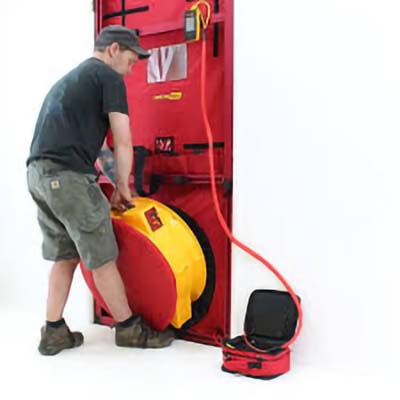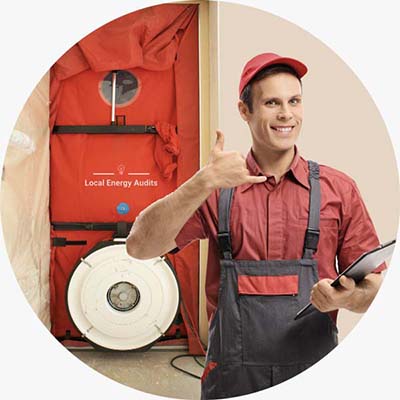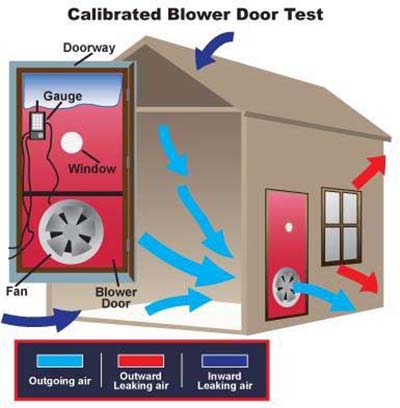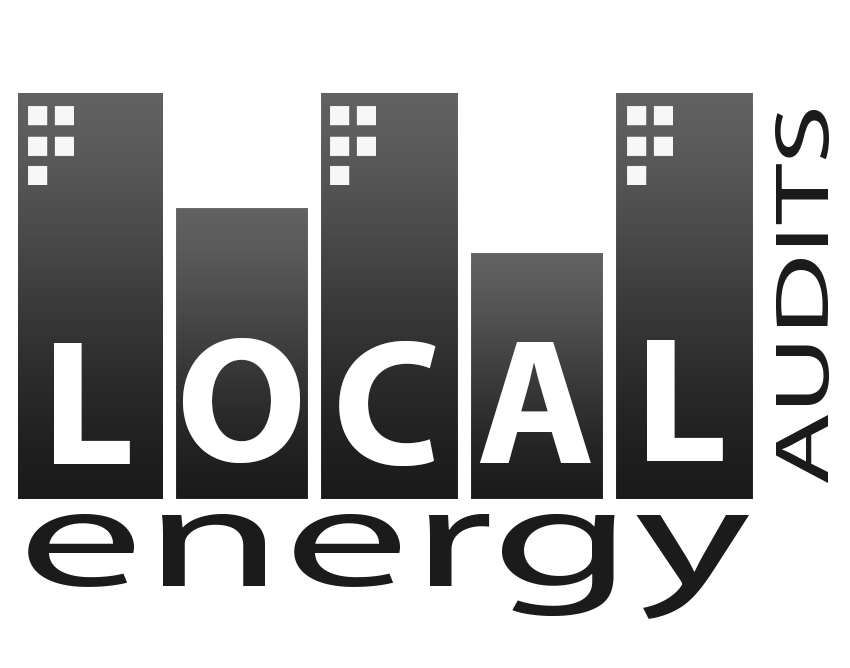Blower Door Test in Little Elm, TX | Certified Energy Testing
If you’re developing a new house or multi-family complex in Little Elm, TX, a blower door test is likely required to satisfy the 2018 International Energy Conservation Code (IECC).
We have a team of certified energy testers who perform accurate and dependable blower door and duct leakage testing to keep your project in line with Texas energy codes. Our team of experts is skilled in pinpointing air leakage issues that influence energy efficiency, air quality, and the cost of heating and cooling. We deliver certified, cost-effective, and prompt blower door testing in Little Elm, TX, and nearby areas for builders, contractors, and homeowners.

What Is a Blower Door Test?
- Energy efficiency – When homes are not airtight, they waste energy and increase utility expenses.
- Indoor air quality – Gaps and cracks in a home can bring in dust, allergens, and pollutants.
- HVAC performance – Air leakage forces HVAC systems to work harder.
- Comfort levels – Leaky homes suffer from drafts and unstable indoor temperatures.
How Does a Blower Door Test Work?
A specialized fan is placed in an exterior door during a blower door test to generate a pressure imbalance between a home’s interior and exterior. The device measures the amount of air leaking into a home through cracks, gaps, and other unsealed openings. Homes with excessive air leaks may require insulation enhancements and proper air sealing.

Do You Need a Blower Door Test in Little Elm, TX?
According to the 2018 IECC, newly built homes in Little Elm, TX must pass a blower door test to comply with energy efficiency standards.
You may also need a blower door test if:
✔ You’re constructing a new home and must pass the final energy inspection.
✔ Your energy bills are high and you suspect excess air leakage.
✔ You experience drafts, uneven heating, or poor indoor air quality.
✔ You are applying for an energy efficiency rebate or certification.
When blower door testing is necessary, our experts offer efficient scheduling, rapid test results, and full energy compliance certification.

Texas Energy Code Requirements for Blower Door Testing
In compliance with the 2018 IECC, homes across Texas must satisfy these air tightness benchmarks.
- 3-5 (Air Changes Per Hour at 50 Pascals) depending on location.
- Homes exceeding this air leakage limit may require additional air sealing measures.
If an air handler, ductwork, or other HVAC components are outside the conditioned space, a duct leakage test must also be performed.
Our Blower Door Testing Process
By scheduling a blower door test in Little Elm, TX, our certified team follows a comprehensive process to ensure compliance:
Step 1: Preparation
- All windows and doors are securely closed.
- HVAC systems and exhaust fans are turned off.
- A blower door fan is installed in the main entryway.
Step 2: Conducting the Test
- By depressurizing the home, the blower door fan simulates actual air leakage conditions.
- Cutting-edge digital gauges assess air infiltration and highlight potential leak sources.
Step 3: Test Report & Certification
- We provide a thorough blower door test report to meet energy code requirements.
- Should air leakage be a problem, we offer expert guidance to help your home qualify.
We offer a prompt, skilled, and convenient service to keep your project moving forward.

Why Choose Us for Blower Door Testing in Little Elm, TX
Working with our experts for blower door testing in Little Elm, TX, means you benefit from:
✔ Certified Energy Experts – Fully licensed and trained professionals.
✔ Fast Scheduling – We work around your project timeline.
✔ Same-Day Results – Receive a certified test report immediately.
✔ Affordable Rates – Competitive pricing with no hidden fees.
✔ Duct Leakage Testing Available – One-stop compliance for all Texas energy codes.

Schedule Your Blower Door Test in Little Elm, TX Today!
Searching for a blower door test in Little Elm, TX? We make it easy and stress-free. Contact us today o schedule your test and make sure your project meets Texas energy regulations.



